Miss Marple first appeared in a few short stories in magazines, starting with The Tuesday Night Club in 1927. The Murder at the Vicarage is, however, her first full length novel appearance. The short stories were eventually published as a collection in 1932 as The Thirteen Problems. This year's Golden Age reading challenge is the first six Poirot books and the first six Miss Marple books, alternating detectives each month. But it is only including full novels, not the short stories collections. So, it won't include The Thirteen Problems, even though most of the short stories were published before The Murder at the Vicarage. This means that the Miss Marple we meet in this book already had established cred with readers at the time, she wasn't a complete unknown factor, and her ability to unerringly interpret people’s words and behaviours to reveal the truth wouldn’t have come as a surprise.
If it didn’t introduce us to Miss Marple, The Murder at the Vicarage did give us our first look at St Mary Mead, the quiet, peaceful English village where Miss Marple lives. While idyllic on the surface, St Mary Mead is slowly revealed to be a hotbed of criminal activity, all carefully hidden under a veneer of respectability.
Our victim is Colonel Proteroe, the unpopular local squire, magistrate and churchwarden. The local vicar has a meeting scheduled with Protheroe one evening to discuss 'defalcations' in the Church accounts. But the vicar is called away to the home of a dying parishioner. This parishioner lives some distance from the vicarage, so the Vicar is more than a little annoyed to discover that the man wasn’t dying at all, and that the call must have been a practical joke. He returns to the vicarage rather late for his meeting with Protheroe, only to find Protheroe’s dead body in his study, shot through the head.
The vicar does come under some suspicion. After all, a few days earlier he had loudly announced “that anyone who murdered Colonel Protheroe would be doing the world at larger a service.” Apart from the Vicar, loads of suspects appear, including Protheroe’s wife, Anne, Protheroe’s daughter, Lettice, a local artist, a mysterious woman who has recently arrived at the village, an archaeologist, and a poacher. Protheroe, as the Vicar had already suggested, was widely disliked and many people had a reason for wanting him dead.
Inspector Slack and Colonel Melrose (the Chief Constable) officially investigate the murder, but the police are ultimately forced to acknowledge Miss Marple’s superiority when she, rather than they, unearths the truth.
That is not to say that Miss Marple is the major character in the book. Unlike Poirot, who is generally a major character in his stories, Miss Marple seems a minor character in many of hers. In some, such as The Moving Finger, the narrator doesn’t even realise that she is the ‘expert’ who has been brought in until near the end. In this book, Miss Marple lives next door to the vicarage, so she is a vital witness, but she is not seen as overly important by Slack and Melrose at first. The vicar is our narrator, and we follow him as he talks to many people. Miss Marple is just one of many at first. The vicar carries the story. He is the one who connects all the characters and brings back information for Miss Marple to process. The vicar knows everyone. He is highly regarded and people naturally confide in him, even the police. But Miss Marple is the one who knows a lot about life just from her long experience of observing people, so it is her brain that pulls together all the disparate pieces of evidence collected by the vicar.
There is a major plot point in this story that is basically the same as that used in The Mysterious Affair at Styles. With nine years and eight other books between them, readers at the time of publication may not have noticed the similarities, but I read one straight after the other, and the similarity was immediately apparent. There’s a variation on it of course, but not enough to hide that they use the same twist. This didn’t matter to me, as it was a reread for me anyway, and I knew going in who had done it. But I hadn’t previously noticed the reuse of the twist.
Despite knowing whodunnit and what the twist is, I still enjoyed this book. To me this book beautifully evokes life in the mid-1920s in an English village. It’s summertime, there are tennis parties and afternoon tea at the vicarage, punctuated with witty comments from the Vicar’s irreverent wife, Griselda. The story is fun and moves along quickly. All the minor red herrings are cleared up by the end and life in St Mary Mead has been restored to its normal, predictable patterns.
 RSS Feed
RSS Feed Facebook
Facebook Instagram
Instagram YouTube
YouTube Subscribe to our Newsletter
Subscribe to our Newsletter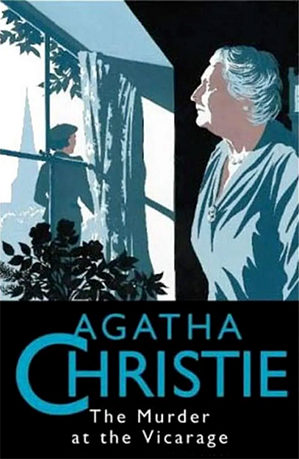


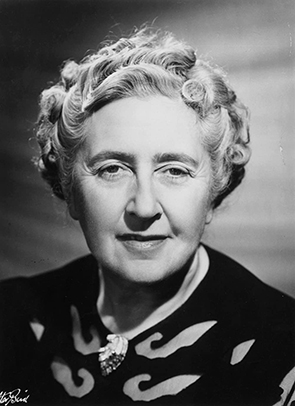
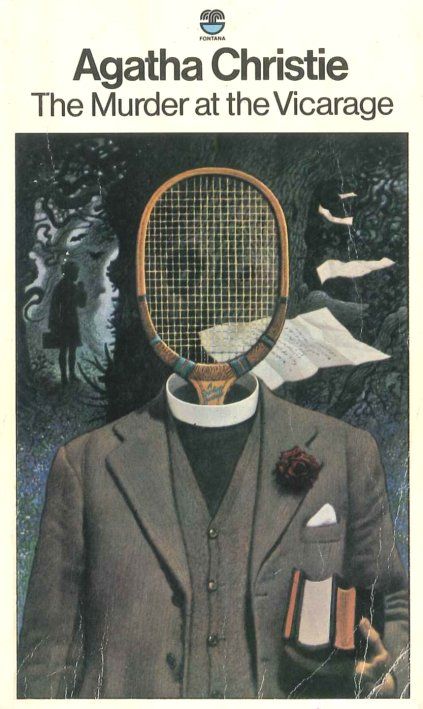
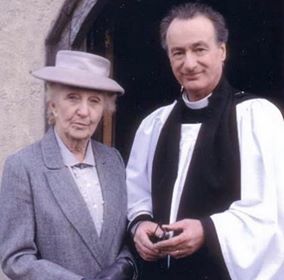
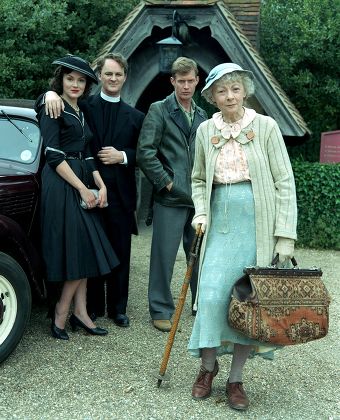


No one has commented yet. Be the first!